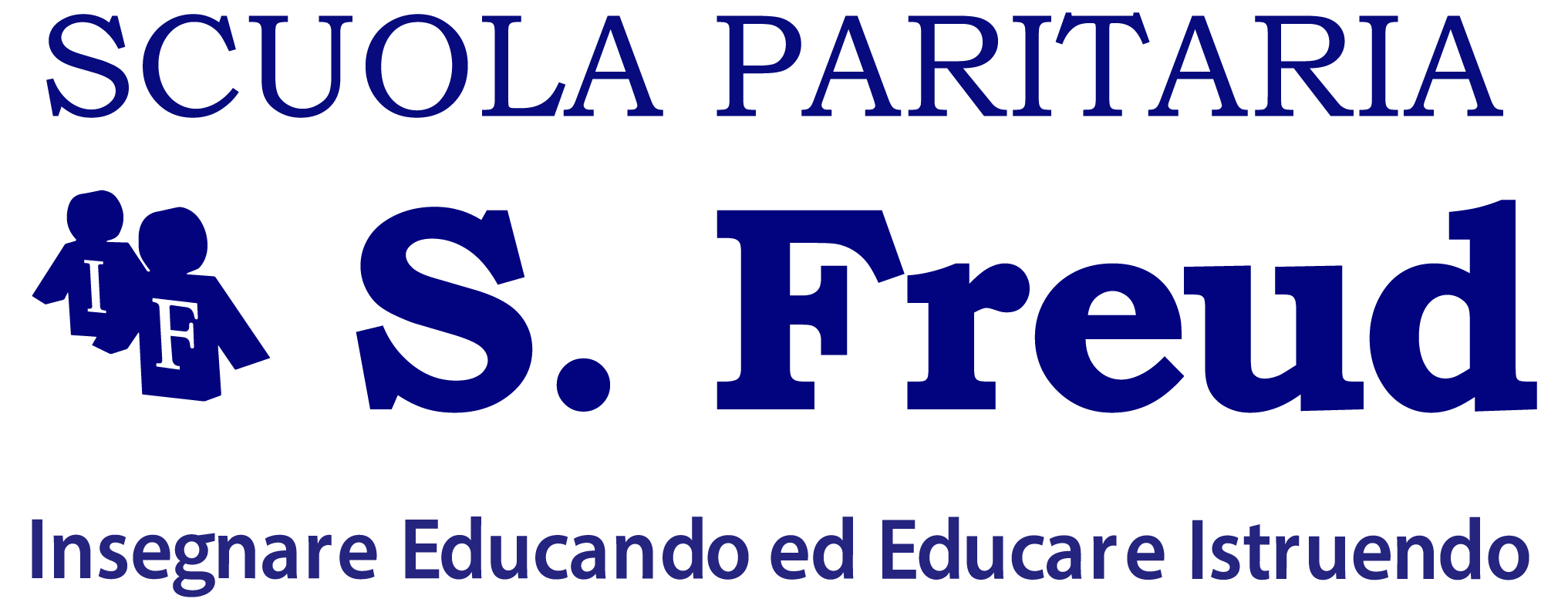17 marzo 2023
Legal Representative Dr. Daniele Nappo in his article makes a reflection on communication which he calls "a complex social act." In particular, in the school setting he states that great weight is given to nonverbal language such as facial expressions, body language and distance and therefore must be taken into consideration by teachers if they are to fully connect with students.
We have two ears and only one mouth: some say it was because we want the time we spend listening to be twice as long as we use to talk; others say it is so because listening is twice as difficult as talking. The reality is incontrovertible: communicating is a complex social act. Several authors state that the incidence of a message is divided into these percentages: for 7 percent it is verbal (words) for 38 percent it is vocal (tone of voice, inflections and other sounds) and for 55 percent nonverbal (gestures and body movements). Among the definitely most significant aspects to be considered in the school setting are facial expressions of emotions, body language, and distances. Language is more than just the spoken words, so that the teacher is required to consider these significant referrals if he or she is to fully connect with students. All behavior is communication, obviously more so in a classroom. Every communication has its own aspect, content and is in essence a relationship. The content image, referring to the school context pertains to all that the message accomplishes through the use of words and phrases, becoming attraction of what is verbally uttered and the information in digital form becomes the relationship. When we talk about nonverbal behavior in school, we usually refer to a series of activities parallel to traditional ones such as attitudes, facial expressions, tone of voice, gestures; free body expression is normally considered a disruptive element. In school, information happens through the linguistic message. We know that communication holds an extraordinary and complicated universe within the classroom group, but what teachers must consider is that it is not the only channel although perhaps the prevalent one.


